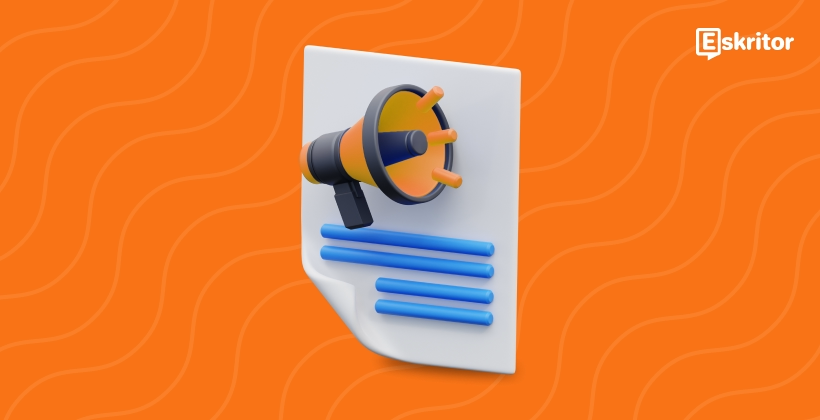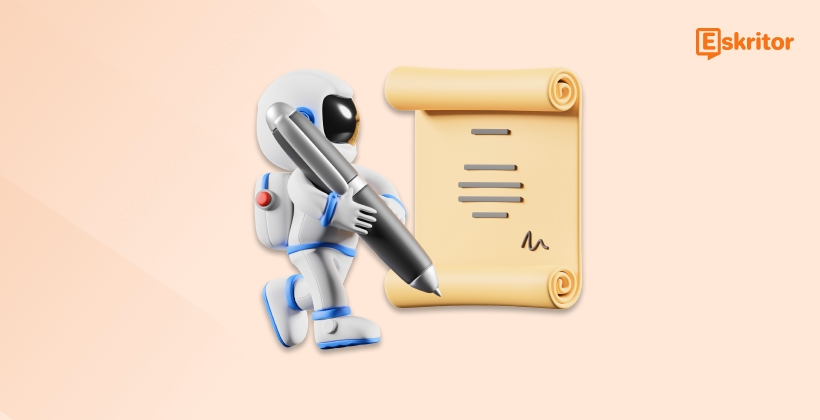AI Editing Features That Improve Your Writing Workflow
AI Editing Features That Improve Your Writing Workflow
Blog Article
AI Editing Features That Improve Your Writing Workflow
As artificial intelligence (AI) evolves, it continues to revolutionize exactly how we approach modern modifying practices. From syntax correction tools to sophisticated content generation systems, ai grammar checker is reshaping the way authors, authors, and creators improve their work. This website explores the role AI plays in modern modifying and the affect it has across industries.

AI-Powered Resources Major the Cost
AI-powered tools have grown to be an fundamental part of modifying workflows. Application fueled by natural language running (NLP) and equipment learning may do tasks like syntax checks, stylistic suggestions, and phrase restructuring with incredible pace and accuracy.
For example, AI-based syntax checkers may recognize errors that the human eye may possibly neglect, such as subject-verb agreement issues or dropped modifiers. Likewise, style changes produced by AI ensure that tone and flow arrange with the supposed market, which will be priceless for skilled editors.
These methods are not only limited by old-fashioned syntax corrections. They can handle increasing readability, transforming passive voice to productive voice, and actually paraphrasing whole paragraphs without adjusting the meaning.
Performance Meets Time Savings
Studies reveal that the use of AI tools may minimize editing time by up to 30%. Rather than poring around every word personally, publishers may concentration their efforts on creative and strategic aspects of content. This shift enables experts to manage higher sizes of text in faster times, which is particularly important for industries like writing and electronic marketing.
Furthermore, predictive AI functions can highlight continuing problems, helping authors improve their abilities around time. For agencies, this means fewer sources allocated to changes and more polished results from the start.
Enhancing Availability and Globalization
AI's role in contemporary editing stretches beyond efficiency. Sophisticated translation and localization resources allow builders to conform material effortlessly for international readers, deteriorating language barriers with precision. This technology guarantees that the same message may resonate with countries world wide while keeping their authenticity.
AI also increases inclusivity requirements by increasing accessibility in content. For instance, algorithms can identify potentially non-inclusive language and suggest alternatives. This capability enables authors to improve writing therefore it resonates with diverse audiences.

Striking a Stability Between AI and Individual Creativity
While AI excels in pace and accuracy, it does not change individual editors. Models frequently absence the capacity to read nuance, sentiment, or social situation fully. The ideal system combines AI's performance with human creativity and understanding, leading to really extraordinary work.
By leveraging these systems in contemporary modifying techniques, makers and publishers likewise can create high-quality content that aligns with the fast-paced requirements of today's digital world. AI will be the future of editing, however the human touch will always be required for storytelling and connection. Report this page